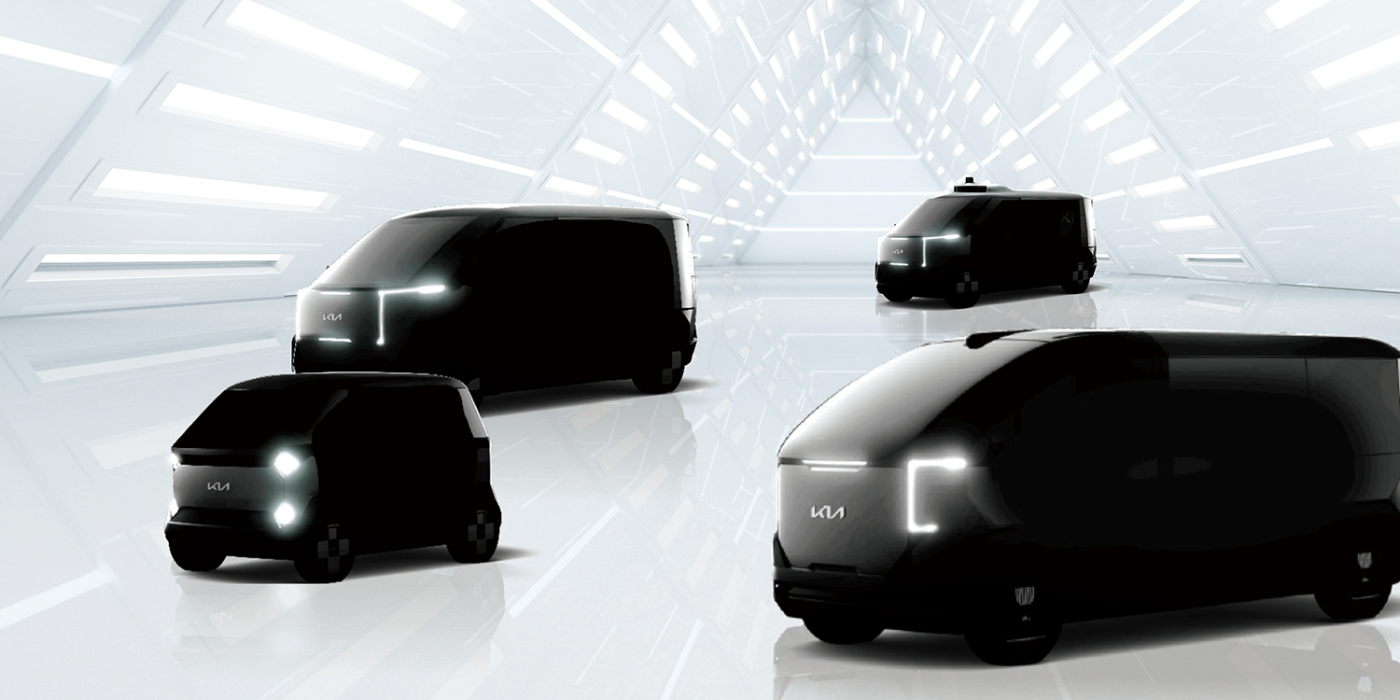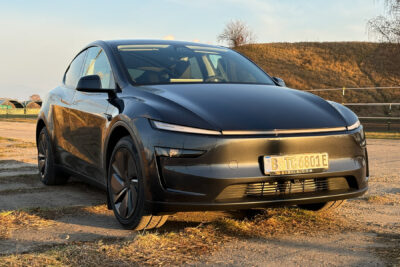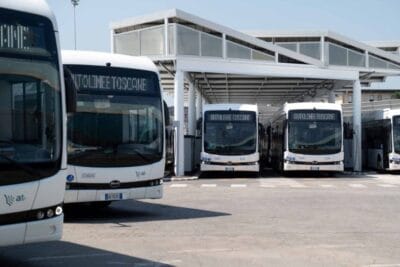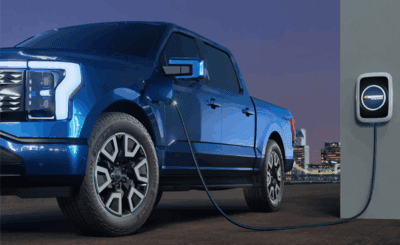Hyundai aims to be one of the top 3 BEV manufacturers by 2030
The Hyundai Motor Group has presented investment plans to become one of the world’s top three electric car manufacturers by 2030. To this end, the South Korean group wants to invest up to 24 trillion won (equivalent to around 16.6 billion euros) to increase production and exports.
The group with the brands Hyundai Motor, Kia and the supplier Hyundai Mobis (Genesis is considered a brand of Hyundai Motor in this case) is to offer a total of 31 electric models – as a “response to the growing demand for electric vehicles”.
This number from the current announcement seems low, however: When Kia announced the raising of its EV sales targets by 33 per cent by 2030, it still said that Kia alone would offer 15 BEV models in 2027. That left only 16 vehicles for the Hyundai and Genesis brands. Since Hyundai currently has three electric cars on offer with the Kona, Ioniq 5 and Ioniq 6, and Genesis also has three, there are not many new electric vehicle series left for the two brands.
What is clear, however, is that a large proportion of the battery-electric cars will be built in South Korea – BEV production in the US has already been confirmed, and the Kona Electric, for example, will be built in Europe. However, production of the 800-volt models based on the E-GMP is likely to be kept in South Korea (with the exception of the US plants). The group announced plans to significantly expand annual EV production in Korea to 1.51 million units by 2030 and global volume to 3.64 million units.
In addition, the announcement on investments in South Korea confirms that Kia will build a new plant for the production of electric Purpose Built Vehicles (PBVs). The new plant is scheduled to start mass production in the second half of 2025, and is designed to initially produce up to 150,000 vehicles per year. The PBV factory will be built on the site of Kia’s existing plant in Gyeonggi province.
These special vehicles have been part of Kia’s strategy for some time. They are supposed to be adapted vehicles for taxi services and ride-hailing providers, for example. A PBV model based on the Niro is already on offer; in the medium to long term, such vehicles are not to be built on the basis of existing models, but on their own e-skateboard platform. In the case of the BPV, this platform is known as eS.
Part of the 24 trillion won now announced (previously there was talk of 21 trillion won) is also to flow into the development of a new EV platform. For electric cars, the eM 2025 platform is set to debut. According to an earlier announcement, the eM platform will serve as the basis for electric cars “in all segments” (from small cars to five-metre-long sedans and SUVs) and offer a range that is 50 per cent greater than the group’s current e-cars. Measured against the Ioniq 5 and Ioniq 6 e-GMP vehicles, this would mean around 750 kilometres for the mid-size crossover and 900 kilometres for the mid-size sedan – based on the WLTP ranges of currently 507 and 610 kilometres respectively.
hyundai.com, kianewscenter.com (both investment), kianewscenter.com (BPV factory)





0 Comments